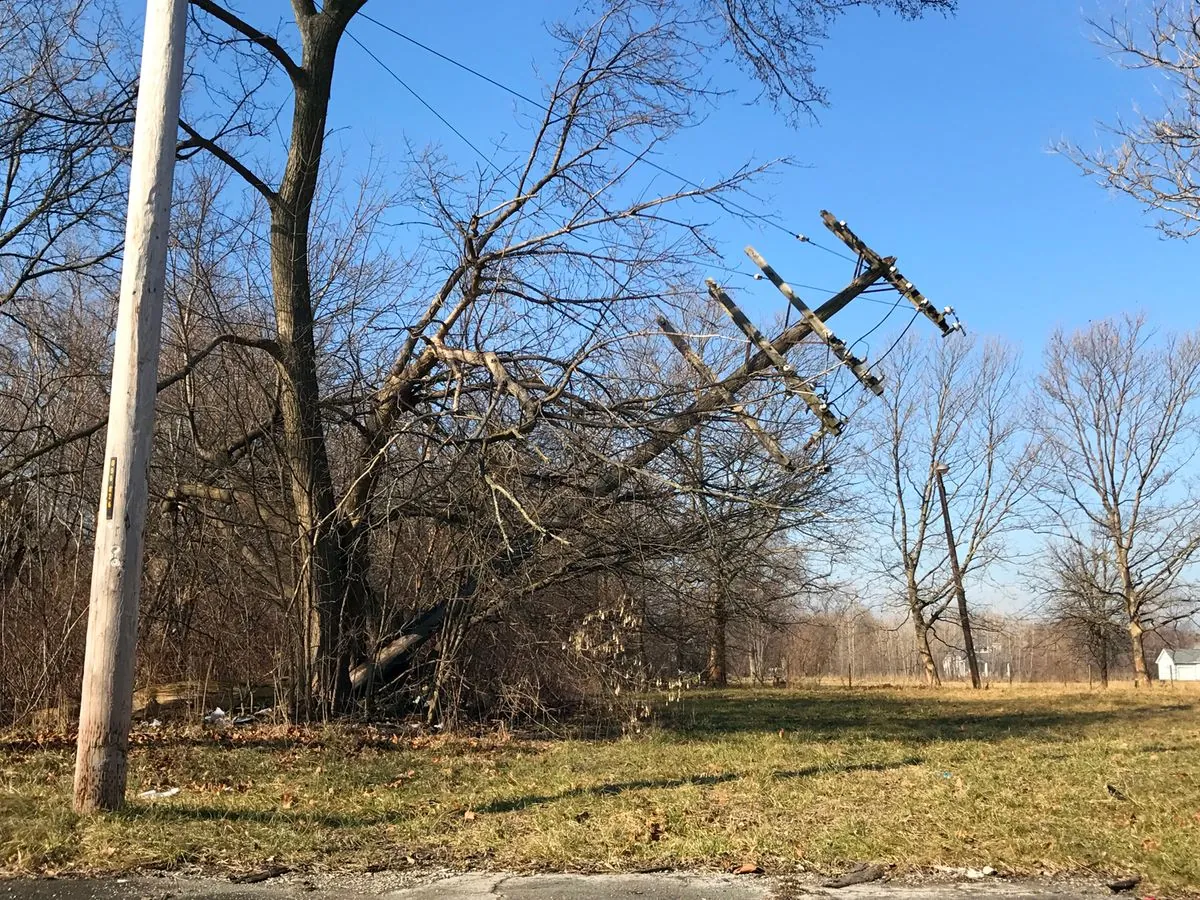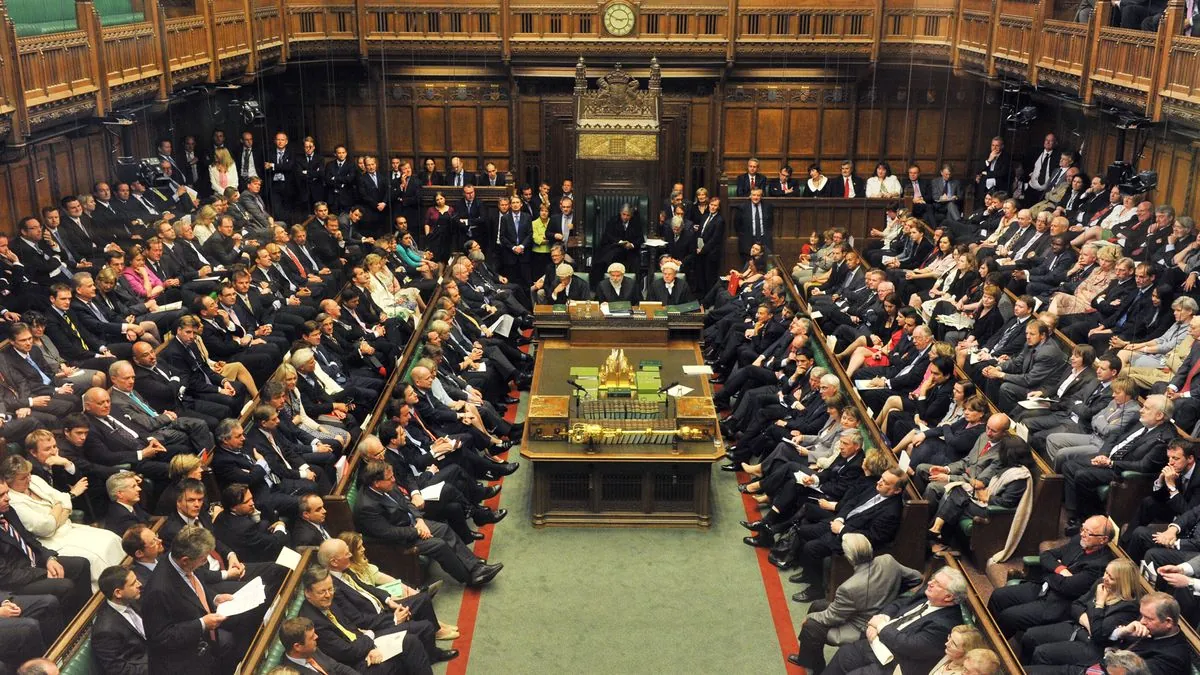Massive Power Outages Hit Michigan as Storms Ravage Midwest
Over 300,000 Michigan customers left without power after severe storms. Utility companies scramble to restore service amid hot conditions, while Chicago's heat wave breaks with record-setting temperatures.

On August 27, 2024, severe storms swept through Michigan, leaving more than 300,000 homes and businesses without power. The central and southeastern parts of the state, including the densely populated Detroit area, were hit particularly hard. DTE Energy and Consumers Energy, Michigan's two largest utility companies, reported significant outages affecting their customers.
Brian Kalka, vice president of distribution operations at DTE Energy, described the extent of the damage, stating that the devastation stretched from Michigan's eastern "thumb" region to near the Ohio border, a distance exceeding 150 miles. The utility aimed to restore power to 90% of affected customers by August 28, 2024.

The storms caused extensive damage to power infrastructure, with trees toppling onto power lines and poles snapping under the force of the winds. In the Detroit suburb of Royal Oak, resident Michael Zaccardelli narrowly avoided disaster when a tree fell onto the spot where his car had been parked just minutes earlier.
"It would've been a complete loss. Everyone's safe and just really thankful no one got hurt."
Consumers Energy mobilized approximately 360 crew members for an around-the-clock effort to restore power. The company also distributed water and ice to residents in Midland and Rockford to provide relief during the outage.
The severe weather extended to the Chicago area, where storms toppled trees and damaged homes and vehicles. The storms brought an end to a two-day heat wave that saw O'Hare International Airport, one of the world's busiest airports, record a temperature of 99°F (37.2°C) on August 26, 2024. This broke the previous record of 97°F (36.1°C) set in 1948, 1953, and 1973.
As of August 28, 2024, heat advisories remained in effect for several regions, including the St. Louis metropolitan area, parts of Indiana, Ohio, Kentucky, West Virginia, and the mid-Atlantic region. The National Weather Service, a U.S. government agency, predicted that many daily high-temperature records could be broken.
In the central Pacific Ocean, three tropical storms – Hone, Gilma, and Hector – were forecasted to weaken. The remnants of Gilma and Hector were expected to bring much-needed rain to Hawaii over the weekend. Meanwhile, the Atlantic basin showed no signs of tropical storm activity as of August 28, 2024.
This severe weather event highlights the vulnerability of power infrastructure to extreme conditions and the importance of rapid response from utility companies. As climate patterns continue to shift, such incidents may become more frequent, emphasizing the need for robust emergency preparedness and infrastructure resilience.


































